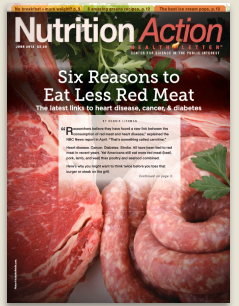From print newsletter to multi-platform publisher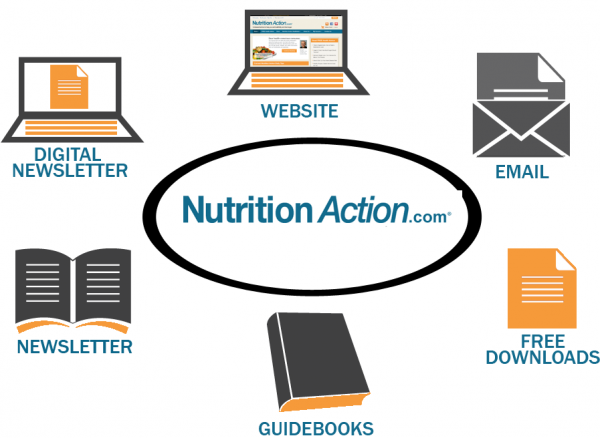
On Oct. 14, a print newsletter publisher blossomed into a multi-platform publisher. That was the day we helped launch one of our newest Mequoda Systems, NutritionAction.com, the home of a health newsletter that’s celebrating its 40th year this upcoming January.
This re-launch marks the first time that Nutrition Action, a division of the non-profit Center for Science in the Public Interest, has offered a digital edition of their newsletter.
Their target audience? “Anyone who eats,” jokes Bill Dugan, Deputy Director of CSPI/Nutrition Action Healthletter.
In the early 1990s, the organization began to experience considerable growth with the Nutrition Action Healthletter. At the time, they also sold other products, like posters and guides, also third-party cookbooks and gadgets. Later, they decided to stick to a newsletter and their own products, focusing on their premium subscriber: a donor.
As a non-profit, the top of Nutrition Action’s pyramid isn’t a premium product, it’s a sponsorship from their print subscribers.
Dugan and the team at Nutrition Action accomplish this through fundraising and turning premium newsletter subscribers into donors. A donor, according to Dugan, is someone who donates above and beyond their subscription. They’re interested in common initiatives, like fighting for honestly labeled foods and getting junk food out of schools.
“We’re a non-profit consumer group,” says Dugan, “we’re not a for-profit publishing company, so our goal isn’t to make an owner rich, our goal is to change people’s eating habits so that people improve their health and live longer healthier lives with less stress on the healthcare system.”
Out of their 950,000 paid newsletter subscribers in the US and Canada, 200,000 are donors. Basically, they’ve converted 21% of their paying customers into donors. Nice job!
With the relaunch, NutritionAction.com has gone from a print newsletter publisher to a multi-platform publisher, and their results have already been dramatic. Featuring 99% recycled content from their print newsletter, they’re something of a golden child of the Mequoda Method. Keep reading.
[text_ad]

Website: As Dugan says, “A year and a half ago, we tried to launch a Mequoda-like site on our own.” They posted a daily food item every day and promoted the print newsletter. A month later they added free downloads and over that summer they added one or two paid products, but they had nothing to do with the newsletter. A year ago this week, they launched a daily e-letter and added reports along the way. By February of this year, they were getting 22,000 unique visitors per month. Not too shabby for a new website, right?
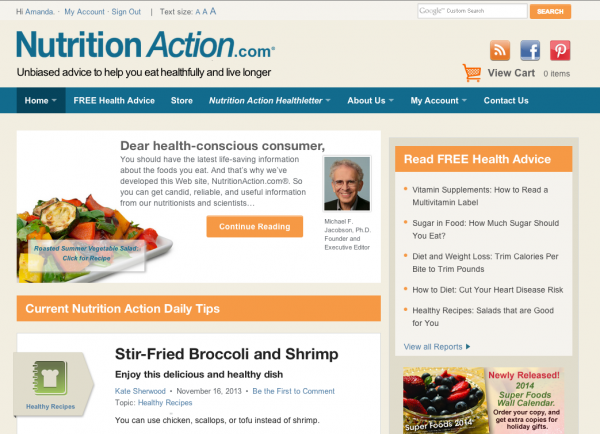
Along the road, Dugan decided to have a chat with Mequoda, and together we worked out a new plan. Fast forward to August of this year when they updated their email file with the email addresses of paid subscribers and others who had given them their email address, but had never officially been added to the list. Their traffic jumped to 50,000 uniques per month.
In October, we re-launched the site (yes, this October) with a brand new Mequoda System website. Since October they’ve skyrocketed to 100,000 unique visitors per month.
Email Newsletter
Although Nutrition Action’s audience seems to veer towards the side of print, the stats above certainly prove that they’re checking their email. Nutrition Action sends a daily email newsletter to update readers about new website content.
[text_ad]
The Nutrition Action Healthletter is like the Consumer Reports of food, reviewing not basic fruits and veggies, but anything with a label. They’ve been known to ignite fires under popular brands as they rally on towards safer foods with greater transparency in labeling. The Healthletter is also unique because it’s actually printed in four colors, which makes it look more like a 16-page magazine.
To sell their print newsletter, Dugan uses direct mail. Dugan’s primary subscribers are aged 65+, so he finds that it works best for him. He also finds that selling print is easier in print than online. “People are more captive audience when they’re opening direct mail.” Print also happens to be most popular for this age group, in fact 75% of the orders placed online are still for their print newsletter. On the other hand, 25% are digital! That’s a fairly common statistic when compared against the adoption of digital for the magazine industry.
The Healthletter is also published in Canada, as a completely separate version, with an entirely different research staff.
Digital newsletter
One of the things that Dugan found useful about digital content is how easily it can be updated. “It’s very difficult to produce products in print that have a long shelf life. But with a website, the nature of digital means when something changes, we can update it instantly.” And in the food safety industry they’re in, things change often.
Part of the re-launch was coming up with bundled pricing. To order either of the newsletters separately, you’ll pay the same price. If you want both, you’ll pay an extra $5 per year. The bonus, only for those who subscribe to a digital version or choose the bundle, is that they have access to three years of back issues, all completely searchable.
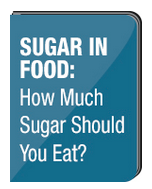 Free downloads
Free downloads
They build their email list by offering free downloads, of which they have a bountiful 15, on topics like eating gluten-free, reading labels and losing weight.
The content used to produce these free downloads is recycled from past issues of the print newsletter and updated for the web.
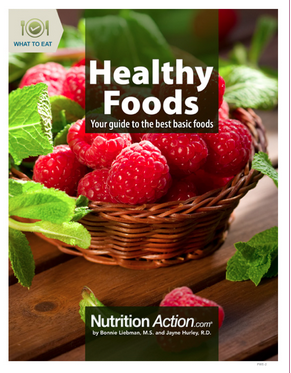 Guides and cookbooks
Guides and cookbooks
Currently there are seven $10 handbooks and cookbooks available in print and digital formats. Unlike the newsletter, there’s a small $2 premium for print here, but the user can get both for $12. Dugan says they’re working on a set of bigger reports that are in the $25-$30 price range. In their initial content brainstorm, they went after common topics that their competitors were targeting before they realized that they have a unique niche with little competition: food safety.
What’s better is that their prized donors are putting up funds to support the organization because they want to further research into food safety. Aligned products? I’d say so. Their first book, From Supermarket to Leftovers – A Consumers Guide to Food Safety is about how to store, cook and avoid cross contamination of food. They’re leveraging their PR machine to help sell it and have already been asked to do a supermarket walkthrough with ABC’s 20/20.
In the near future, Dugan would like to start producing virtual and in-person events. “I have big dreams of doing an annual food and nutrition consumer summit. We need to get in front of people in person.” In the longer term, he sees a mobile app in their future. “We’re so ideally suited for mobile applications,” says Dugan, who would like to produce an informational app that allows users to scan items at the grocery store and get Nutrition Action’s rating on the product.
We see a bright light for Dugan and team, which is adding a new Managing Editor and Marketing Manager in 2014. “Our goal is to reach as many people as possible, but to do it efficiently and supportively as possible while being financially responsible for what we’re doing, without profit. As long as we’re self-sustaining with the online audience and reaching more people, that’s the measurement of success for us.”
